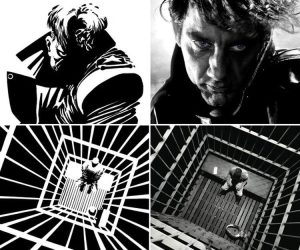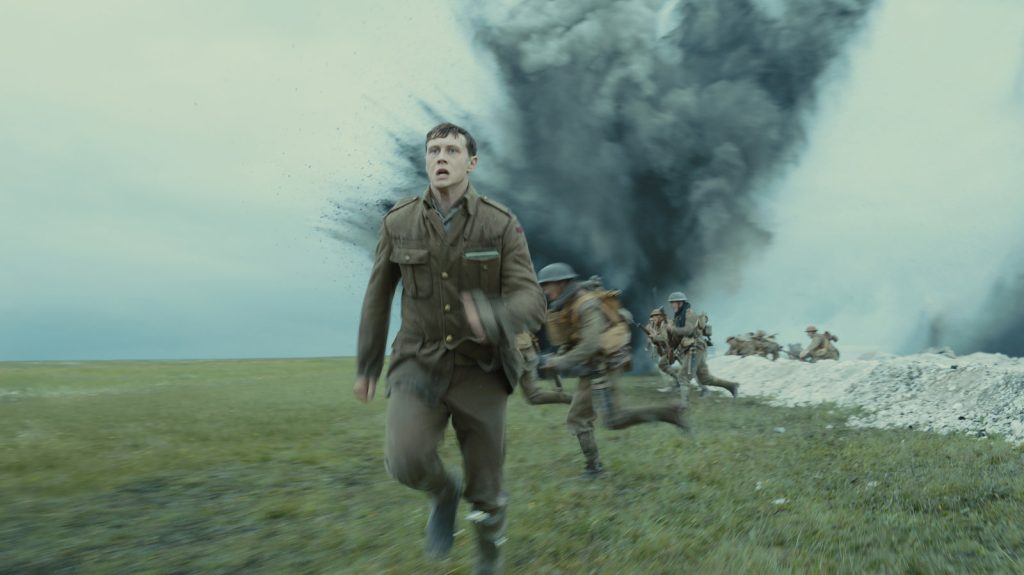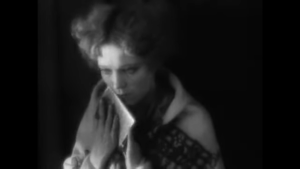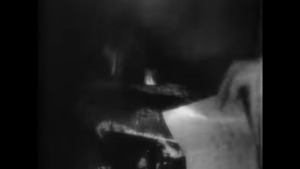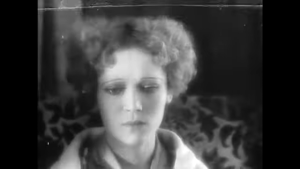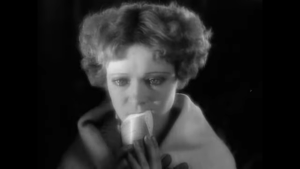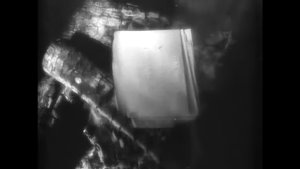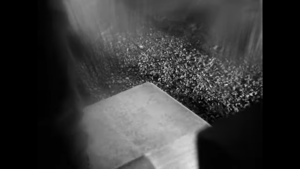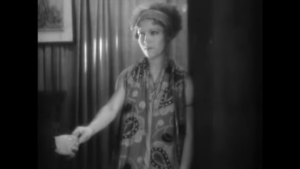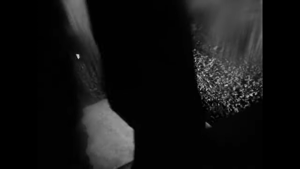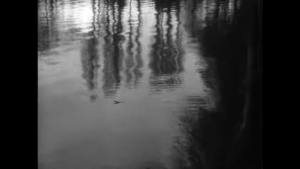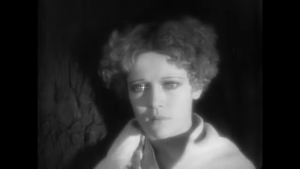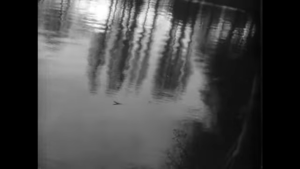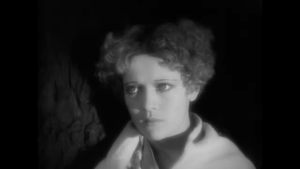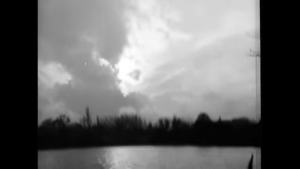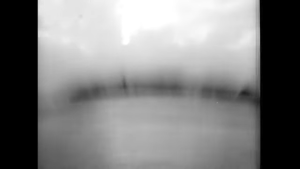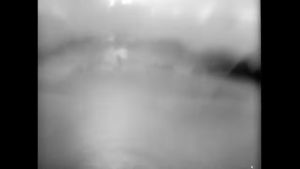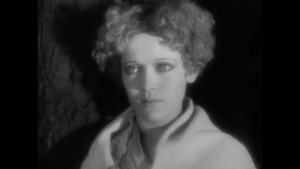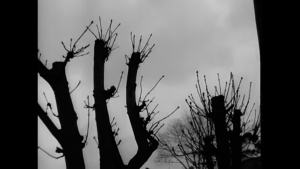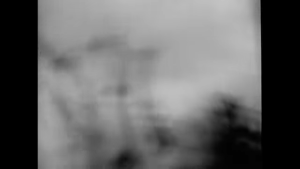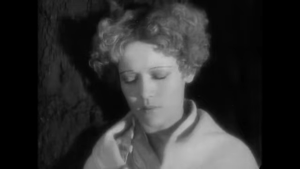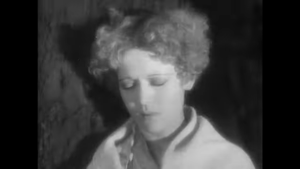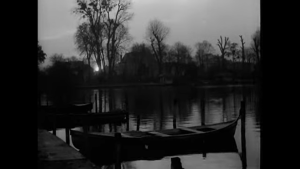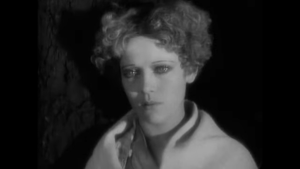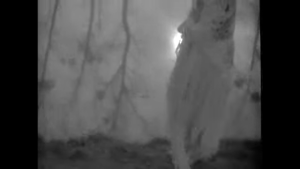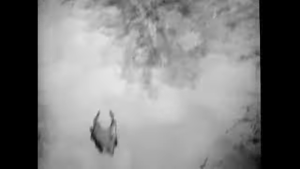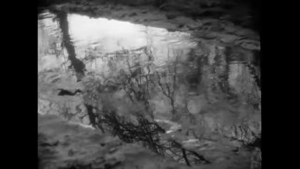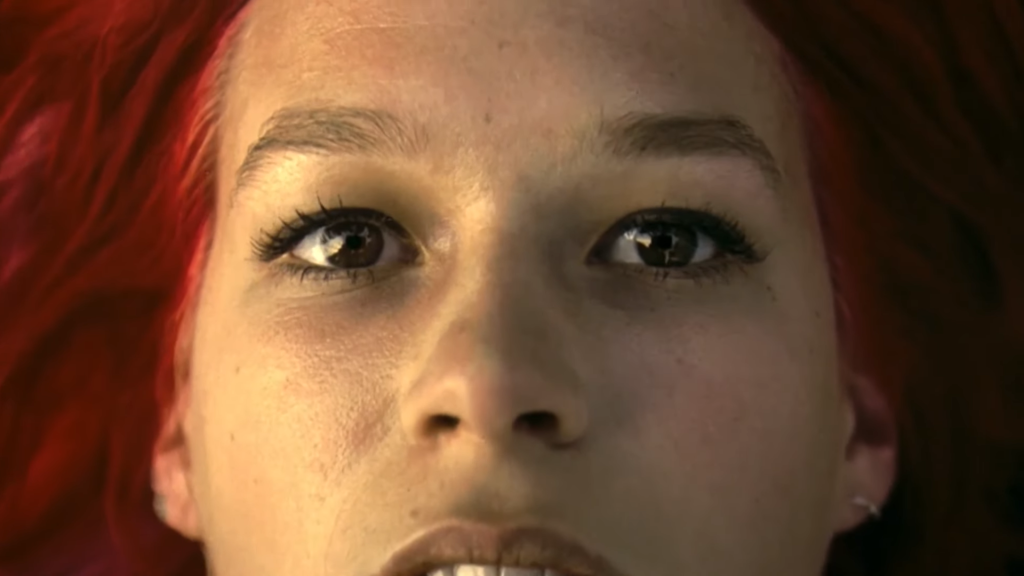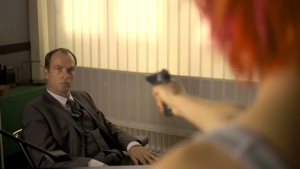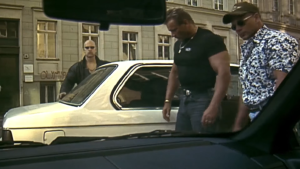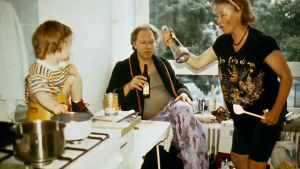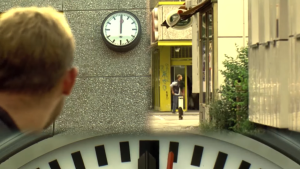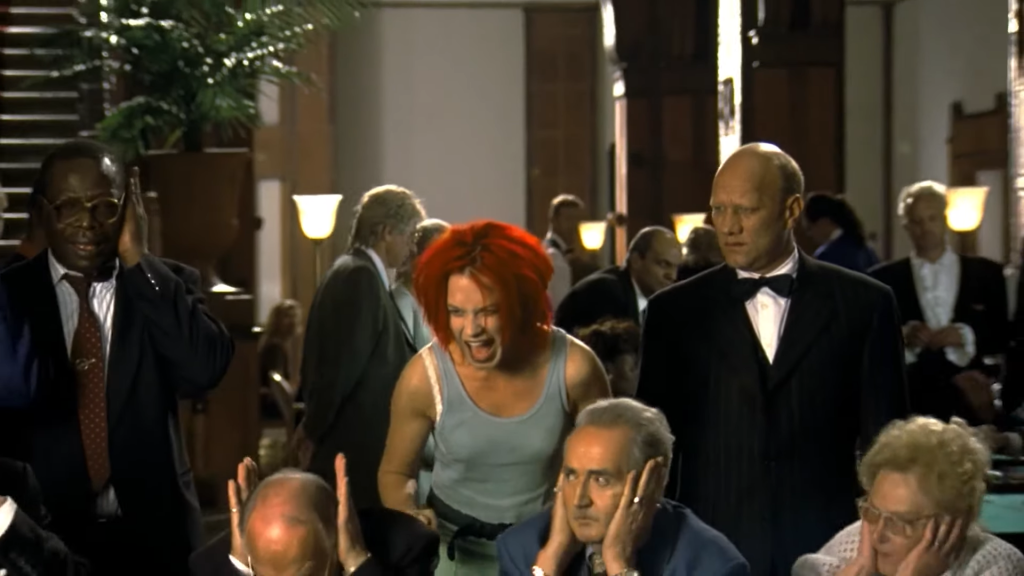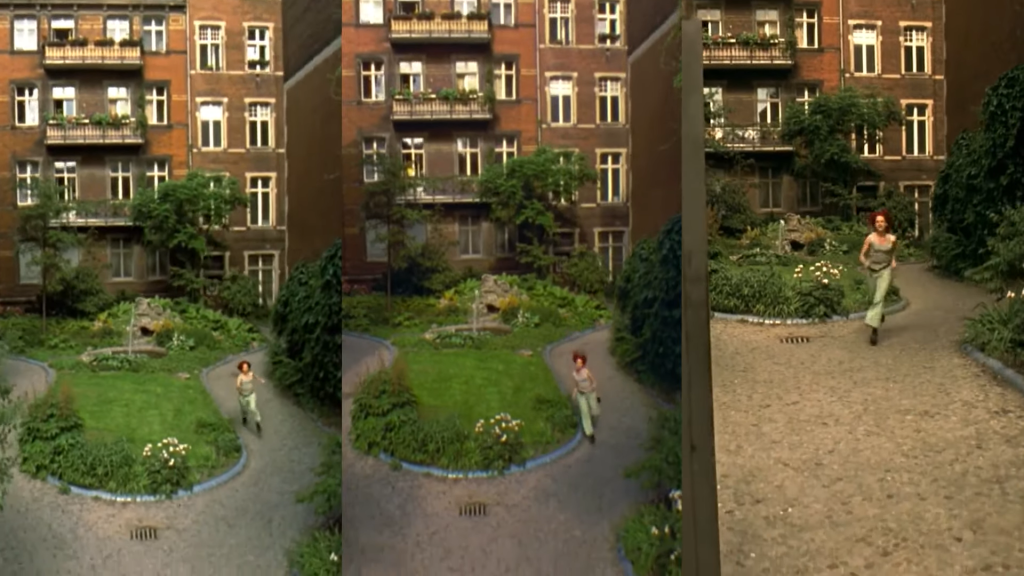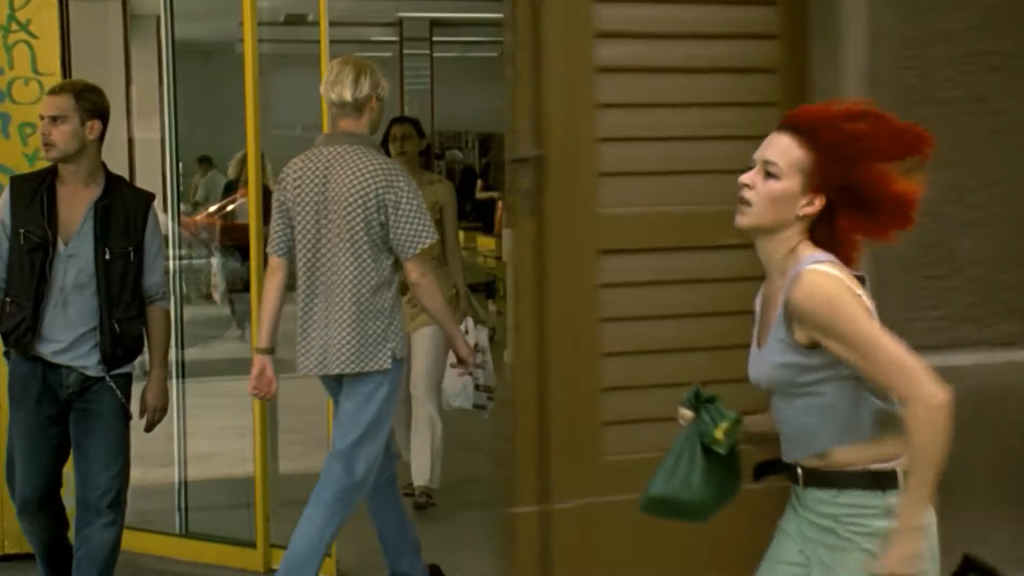Title : Rejuv
In a desolate future, Ohm, a lone robot awakens amidst ruins, its metallic and plastic form a stark contrast against the decaying remnants of humanity. Programmed with a singular purpose—to initiate the Rejuvenation Protocol—Ohm ventures forth into a world consumed by emptiness.
Guided by ancient algorithms and forgotten coordinates programmed by its long deceased creators, Ohm traverses the barren landscape, its sensors scanning for signs of life. Along the journey, it encounters the relics of humanity’s past glory: countless crumbling cities collapsed and sunken into the dead Earth.
Yet amidst the ruins, Ohm faces obstacles both physical and existential. Collapsed buildings obstruct its path, toxic wastelands threaten its circuits, and rogue machines challenge its resolve. Beaten and battered, Ohm presses on, driven by its program’s purpose.
Finally, after a perilous journey, Ohm arrives at the heart of the desolation—a lifeless wasteland much comparable to the salt flats of our world today, where nothing grows, and no life stirs. Here, amidst the ruins of civilization, Ohm prepares to enact its ultimate mission.
Ohm activates the organic bomb, unleashing a wave of energy that transforms the landscape before its sensors. Grass sprouts from the barren earth, trees stretch towards the sky, and the air is filled with the sound of nature’s symphony.
Yet amidst the newfound life, there is a poignant absence—no organic beings emerge to inhabit the rejuvenated world. As Ohm watches the transformation, it realizes the bittersweet truth: it has succeeded in its mission, but humanity’s legacy remains absent from the reborn world.
As Ohm’s systems begin to shut down, its circuits fading into darkness, it finds solace in the knowledge that it has become a part of the rebirth it facilitated. A silent guardian of a changed world, Ohm’s legacy echoes across the ages, a testament to the enduring spirit of hope in a desolate landscape.
Visualization:
Influenced by the cinematic styles of Ridley Scott, Christopher Nolan, James Cameron, and JJ Abrams, shots will focus on vast spaces and the objects within them rather than the main character themselves. Shot on the same film stock favored by Christopher Nolan (65mm IMAX), the film will capture the bleakness and desolation of the post-apocalyptic world with stunning realism. Long panning shots of the collapsed ruins followed by transition shots of different angles as we follow Ohm on their journey. Never closer than 50 feet to Ohm, the camera mainly focuses on the environment.
Vast expanses of destroyed and collapsing cityscapes with overwhelming amounts of man-made structures amidst the absence of nature. The camera will pan across abandoned skyscrapers, rusted vehicles, crumbling infrastructure, downed powerlines, destroyed roads, rubble, shattered windows, oil, and other chemical spills, and so forth. CGI will most likely be used when showing these vast landscapes, but areas of close quarters may use small set design to achieve the desired look. The wastelands will be portrayed as vast and empty, devoid of any signs of life. Picturing the Bonneville Salt Flats, but with less sunlight. The lack of trees, plants, animals, and humans will be clear. The sky is gray or black, the sun barely piercing through the clouds of acid rain and smokey atmosphere.
The lighting will play a crucial role in setting the tone of the film. Shadows will loom large, casting an eerie pall over the landscape and heightening the sense of isolation and foreboding. Shadows will reflect the metaphor of the past.
The colors for this story follow the theme and lighting. A near total lack of vibrancy with only very dark or very light grays, blacks, whites, and browns will be present. Anything resembling concrete, inorganic materials will be used. The color of the robot’s light, either red or green, will be the only real form of color until the end of the story when the mission completes, and life begins to spawn again.
Key words to remember for prompts: Realistic, 65 mm IMAX, dystopian, dilapidated, bleak, post-apocalyptic, technological, barren, sci-fi, robotic, metallic, rusted, void, devoid, rejuvenation, ruins, abandoned, lack of life, decay, natural disaster, exploration, vast, expansive, transformation, mission, man-made, etc.
I used ChatGPT to help convey certain aspects of this story into the right words for this post.
-Caleb
View Post